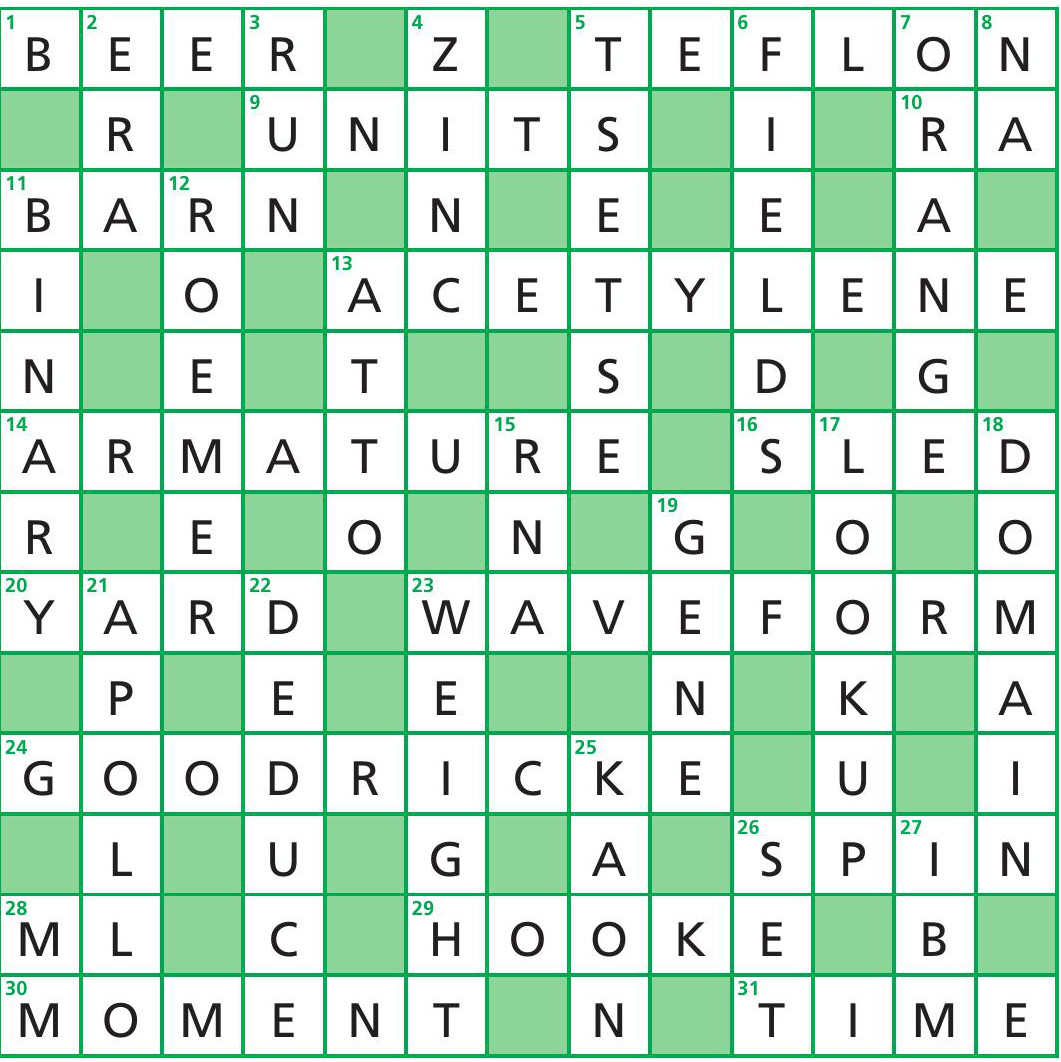
In some earlier Crossword notes (PHYSICS REVIEW Vol. 28, No. 1, pp. 26–29) the stability of aircraft was briefly discussed, and it was pointed out that the three possible rotations (yaw, pitch and roll) around the three mutually perpendicular axes passing through the aircraft could be automatically counteracted, to a certain extent, by its structure. It has also been mentioned (PHYSICS REVIEW Vol. 27, No. 4, pp. 30–33) that for flying manoeuvrability an element of instability is required, but coupled with feedback that allows control and a return to stability. So, what happens with flying insects? We can use the tsetse fly as an example (tsetse means ‘fly’ in a particular Bantu language).
Most insects have two pairs of wings. Some, like butterflies, link the hind and fore wings together to give a greater aerofoil effect, while others, like dragonflies, can beat them independently and achieve awesome aerial gymnastics as they flit about picking other flying insects from the air. Flies such as the tsetse have lost the hind pair of wings, which instead have developed into tiny drumstick-like appendages called halteres. These move up and down out of phase with the forewings, but at the same frequency (up to 1000Hz).
Your organisation does not have access to this article.
Sign up today to give your students the edge they need to achieve their best grades with subject expertise
Subscribe




